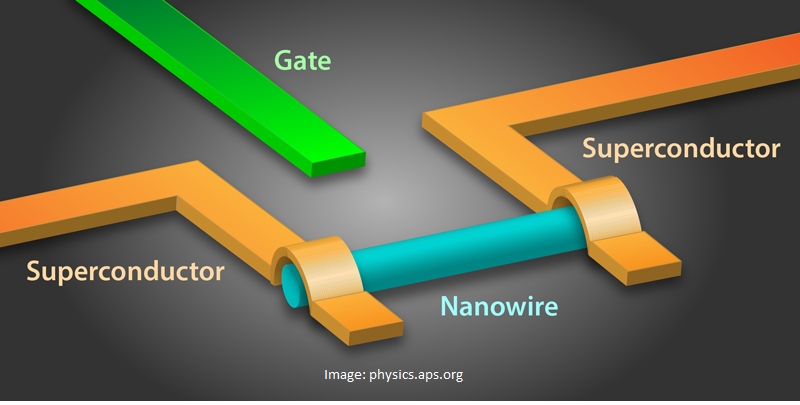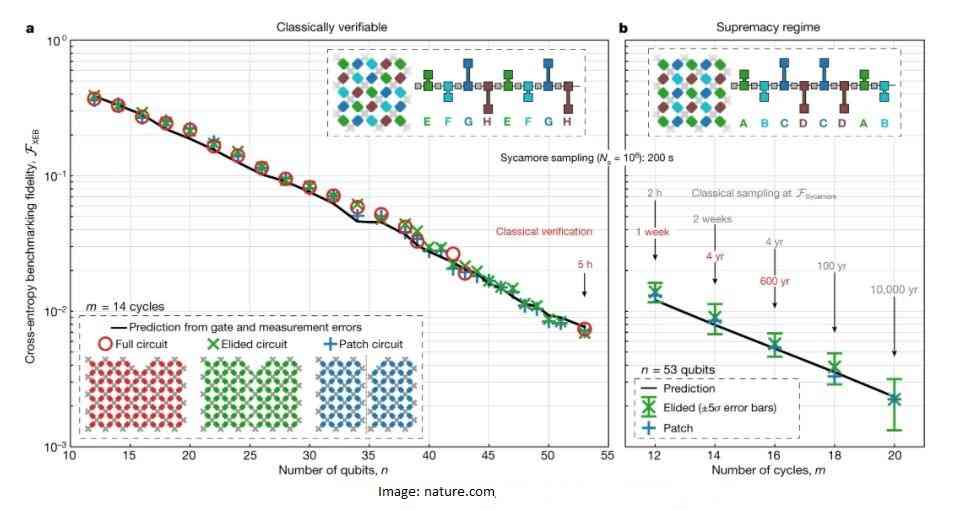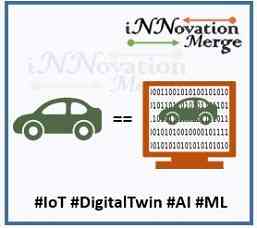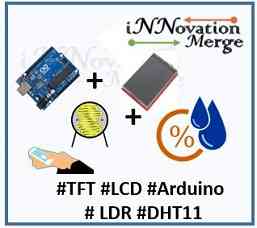For Feedbacks | Enquiries | Questions | Comments - Contact us @ innovationmerge@gmail.com
What?
- In the race to develop Quantum computers, As Informed by university of research, the leading QC companies like IBM, Google, Honeywell and Rigetti are in Race to develop quantum engineering and error-correction methods to overcome challenges that number of q-bits they can process and to build a fully functional Quantum Stack.
- Quantum computing is the use of quantum-mechanical phenomena such as superposition and entanglement to perform computation. Computers that perform quantum computations are known as quantum computers. It’s been CPU-GPU-TPU till now the next era will be of QPU.
Need?
- Classical computer bits always exist in a mutually exclusive state of either 0 (low energy) or 1 (high energy), q-bits in superposition coexist simultaneously in both states as 0 and 1. Which can assume lots of different values.
- One analogy is that if information were color, then a classical bit could be either black or white. A q-bit when it’s in superposition could be any color on the spectrum, and could also vary in brightness.
- The upshot is that a q-bit can store and process a vast quantity of information compared with a bit and capacity increases exponentially as you connect q-bits together.
Why?
- The quantum computer completed the complex computation in 200 seconds. That same calculation would take even the most powerful supercomputers approximately 10,000 years to finish, the team of researchers, led by John Martinis, an experimental physicist at the University of California wrote in their study which got published. below image show a representation of how they planned to achieve that computation Speed.
- A here the two q-bit gates are applied in a simplifiable tiling and sequence such that the full circuits can be simulated out to n = 53, m = 14 in a reasonable amount of time.
- B here, the two-q-bit gates are applied in a non-simplifiable tiling and sequence for which it is much harder to simulate. For m = 20, obtaining a million samples on the quantum processor takes 200 seconds, whereas an equal-fidelity classical sampling would take 10,000 years on a million cores, and verifying the fidelity would take millions of years.
Path?
- Q bit-Just as there were different transistor designs in the early days of computing, there are currently many ways to make q-bits. Google and IBM both use a version of the leading method, a superconducting transmon q-bit, of which the core component is a Josephson junction.
- This consists of a pair of superconducting metal strips separated by a gap just a nano meter wide; the quantum effects are a result of how electrons cross that gap.
- A nano-wire bridging two superconductors substitutes the insulating barrier used in conventional qubits to form a Josephson Junction. These hybrid semiconducting-superconducting schemes could help researchers design flexible quantum computing architectures that combine multiple types of q-bits

How?
- A single q-bit coexists in two states, a set of eight entangled q-bits (or “8Q”), for example: simultaneously occupies all 2^8 means 256 possible states, effectively processing all these states in parallel.
- It would take 57 Q-bits representing 2^57 parallel states for a Quantum Computer to outperform even the world’s strongest classical supercomputer.
- A 64 Q-bit computer would surpass it by 100x a clearly achieving quantum advantage and a 128 Qbit computer would surpass it a quintillion times.below image show the Control operations of two Qbit gate for the quantum supremacy circuits.


